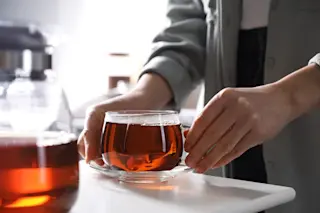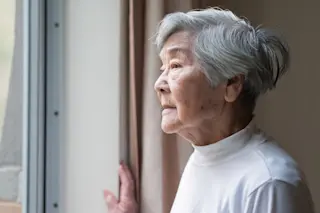Menopause seems to be one of those "it" topics these days. If I’m not talking about it at work, I’m reading about it on the newsstands. The fact that many of my friends are getting their AARP cards in the mail doesn’t help, either. There’s so much written about menopause, and a lot of what’s written isn’t necessarily science-based. All this tends to create confusion about what menopause really means.
One of the concerns I hear about most is bone loss and osteoporosis. I tell my patients that osteoporosis is largely preventable for most patients, and there’s plenty that can be done before menopause to improve your chances of keeping your bone density. Prevention is the key when it comes to bone loss, because while there are good treatments for osteoporosis, there aren’t really any cures.
A combination of steps is the best approach to holding onto your bone density. ...














